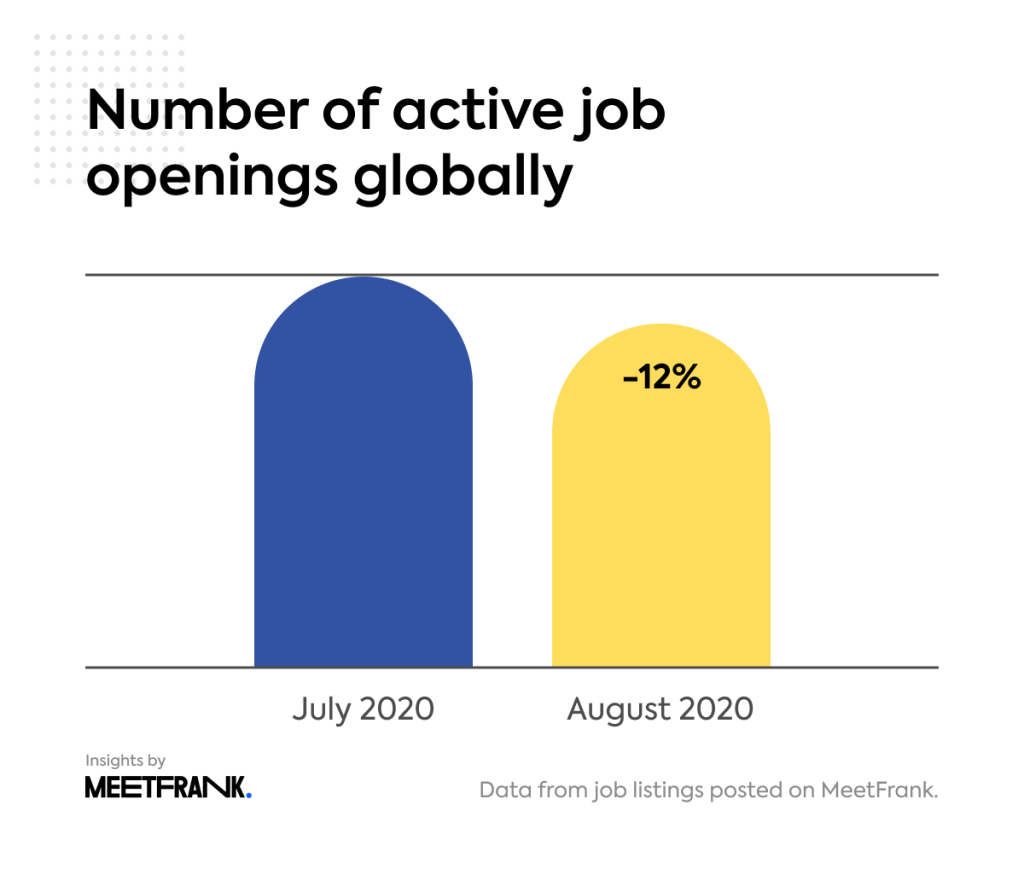Work market ideas serve as an invaluable compass for both work seekers and employers, offering a beautiful view of the ever-evolving employment landscape. These insights encompass a selection of factors, from emerging trends and industry requirements to the moving character of remote perform and the impact of scientific developments on numerous professions. Work industry ideas enjoy a critical role in empowering people who have the knowledge required to make informed career decisions and helping employers in navigating the difficulties of ability acquisition in a aggressive environment.
Understanding recent job market styles is essential for work seekers seeking to align their skills and aspirations with market demands. That knowledge enables them to tailor their skilled development initiatives and position themselves as valuable assets in high-demand sectors. Moreover, remaining abreast of emerging job industry traits permits persons to anticipate improvements in their particular areas, fostering versatility and resilience in the facial skin of developing office dynamics.
For employers, work market ideas are crucial methods for talent order and workforce planning. These insights provide an extensive comprehension of the abilities in demand, allowing companies to refine their recruitment methods and attract prospects with the experience needed for recent and future challenges. Employers may also use work industry data to benchmark their settlement and advantages packages, ensuring they stay aggressive in getting top-tier talent.
Remote function has turned into a significant facet of work industry ideas, especially in the aftermath of worldwide changes inspired by the COVID-19 pandemic. Knowledge the preferences and objectives of the workforce regarding rural work alternatives is crucial for both employers and employees. Work market ideas reveal the prevalence of distant perform, their effect on production, and the growing objectives for hybrid work designs, providing a holistic see of the current workplace.
The effect of engineering on the job industry is a central topic in contemporary work industry insights. Automation, artificial intelligence, and digitization are reshaping job demands and ability sets across numerous industries. Job seekers can influence that information to upskill in places that arrange with technological advancements, ensuring they stay aggressive in a tech-driven work market. Employers, on one other hand, take advantage of insights in to the types of scientific skills which are getting significantly important across diverse sectors.
The regional circulation of job opportunities is still another critical facet of work market insights. Knowledge local job styles and the focus of industries in particular places allows job seekers to focus on their queries strategically. In addition, it permits employers to spot skill pools in regions where their industries succeed, facilitating targeted hiring efforts and adding to regional financial development.
Integrating selection, equity, and inclusion (DEI) factors in to work market ideas has acquired prominence in recent years. Equally work seekers and employers are significantly valuing workplaces that prioritize diversity. Work market insights offer exposure to the efforts and commitments of companies in fostering inclusive workplaces, empowering job seekers to align their values with Career Opportunities in Kenya employers and enabling organizations to benchmark their DEI initiatives against market standards.

As the work market remains to evolve, work market ideas become essential for workforce preparing and career development. Usage of regular and applicable knowledge helps specialists to produce strategic choices, fostering a symbiotic connection between job seekers and employers. By embracing and applying these insights, persons and organizations may understand the complicated landscape of employment with better speed and foresight, fundamentally contributing to the continuous achievement and resilience of the workforce ecosystem.
